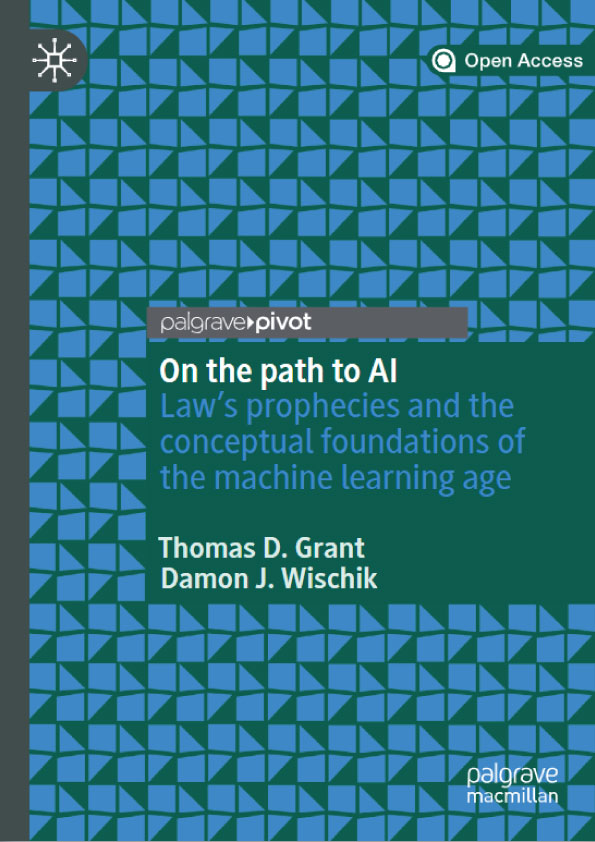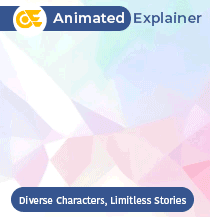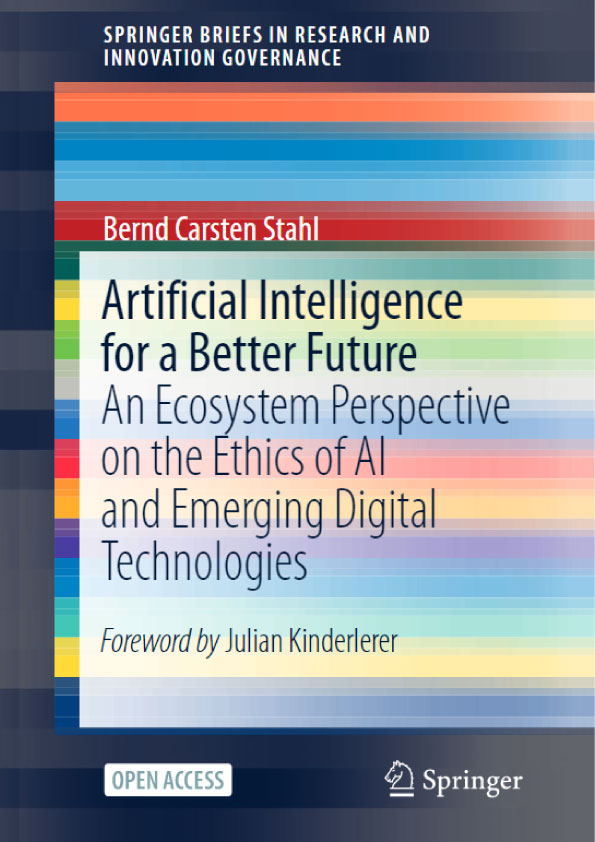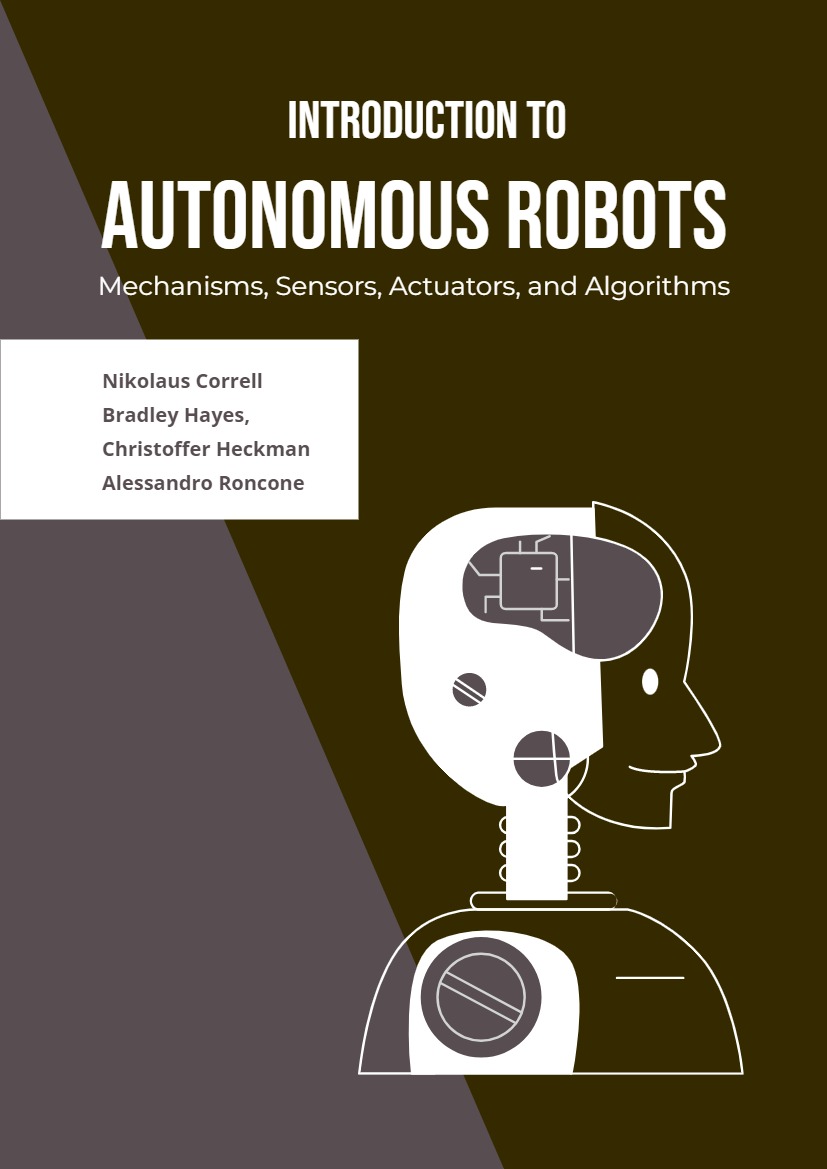Prologue – Starting with Logic
Law and computer science, in their classic form, employ logic to produce results. Edsger Dijkstra (1930–2002), one of the pioneers of computer science, expressed the essence of the field in its earlier times. Computer science had at its heart the mathematical analysis of algorithms, and thus…
Programming is one of the most difficult branches of applied mathematics; the poorer mathematicians had better remain pure mathematicians.
This pithy summation of computer science—folding it into a branch of applied mathematics—is resilient. It remains at the root of the widespread view of computer science, still taught in undergraduate courses and echoed in explanations to the general public, that computers run algorithms, which are step-by-step instructions for performing a task.2 They might be complicated, too hard for “poorer mathematicians” to under- stand, but in the end they are formulaic. They are logical processes, read- ily designed, readily evaluated for success or failure, and readily fixed, so long as you have the analytic skills needed to understand their logic.
In law, thinking long followed lines much like those Dijkstra described in computer science. Not least among the early modern exponents of classic legal thinking, there was Sir William Blackstone (1723–1780), who, when writing On the Study of the Law, set out as belonging to the essentials that the student can reason with precision, and separate argument from fallacy, by the clear simple rules of pure unsophisticated logic … can fix his attention, and steadily pursue truth through any the most intricate deduction, by the use of mathematical demonstrations … [and] has contemplated those maxims reduced to a practical system in the laws of imperial Rome …
The well-schooled lawyer, like the better mathematician, gets to the correct result as surely as the well-designed algorithm generates a satisfactory computer output. As intricate as the deductions might be and thus demanding on the intellect, the underlying process is “pure unsophisticated logic.”
But to sum up computer science that way is out of date. The current boom in artificial intelligence, driven by machine learning, is not about deducing logical results from formulae. It is instead based on inductive prediction from datasets. The success of machine learning does not derive from better mathematics. It derives instead from bigger datasets and better understanding of the patterns those datasets contain. In the chapters that follow, we will explore this revolution in computer science.
A revolution has taken place in modern times in law as well. As one would expect of a shift in thinking which has far-reaching impact, more than one thinker has been involved. Nevertheless, in law, one figure over the past century and a half stands out. Oliver Wendell Holmes Jr., the title of whose famous essay The Path of the Law we borrow in paraphrase for the title of our book, influenced the law and motivated changes in how people think about the law. To such an extent did Holmes affect legal thinking that his work marks a turning point.
We believe that the revolution in computer science that machine learning entails mirrors the revolution in law in which Oliver Wendell Holmes Jr. played so prominent a part. This book describes both revolutions and draws an analogy between them. Our purpose here is to expose the fundamental contours of thought of the machine learning age—its conceptual foundations—by showing how these trace a similar shape to modern legal thought; and by placing both in their wider intellectual setting. Get- ting past a purely technological presentation, we will suggest that machine learning, for all its novelty and impact, belongs to a long history of change in the methods people use to make sense of the world. Machine learning is a revolution in thinking. It has not happened, however, in isolation. Machine learning deserves an account that relates it both to its immediate antecedents in computer science and to another socially vital endeavor. Society at large deserves an account that explains what machine learning really is.





